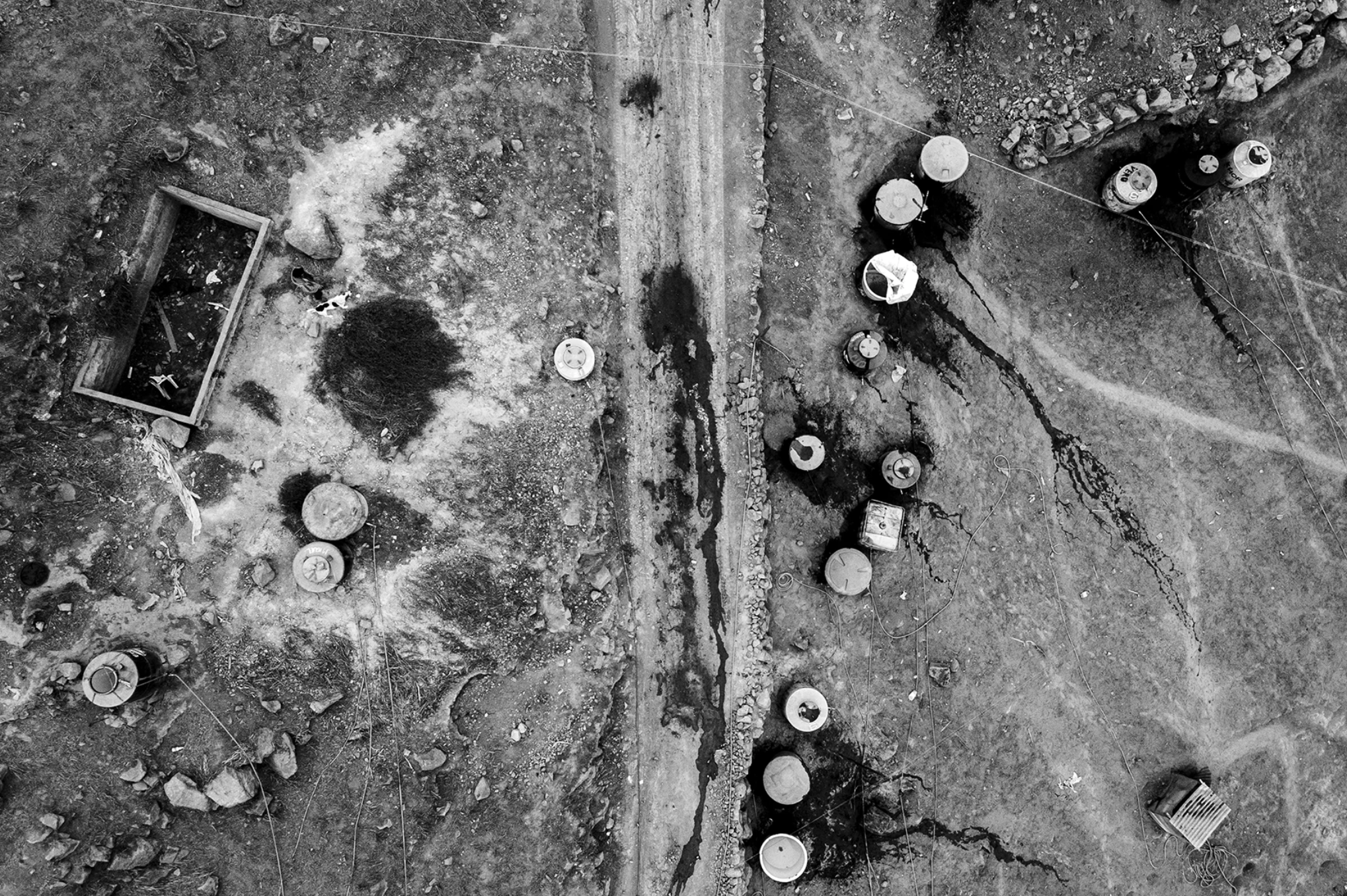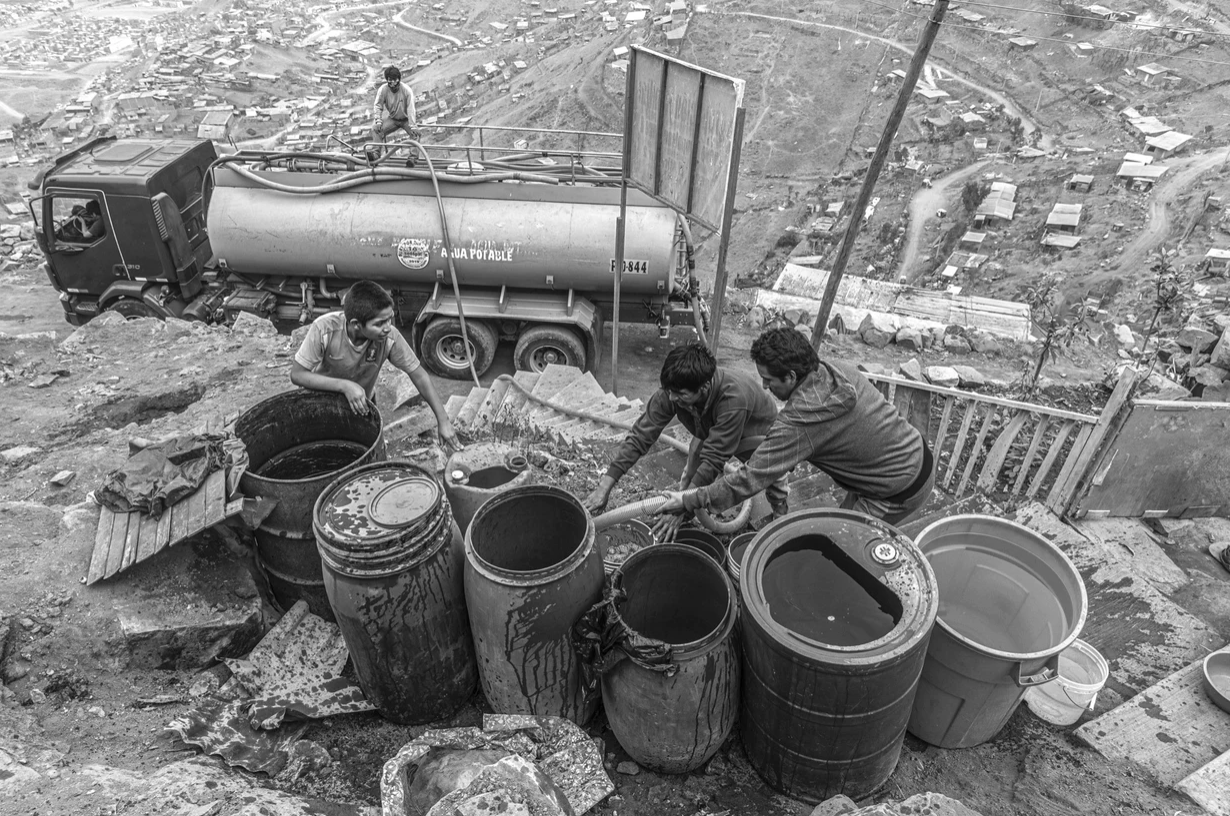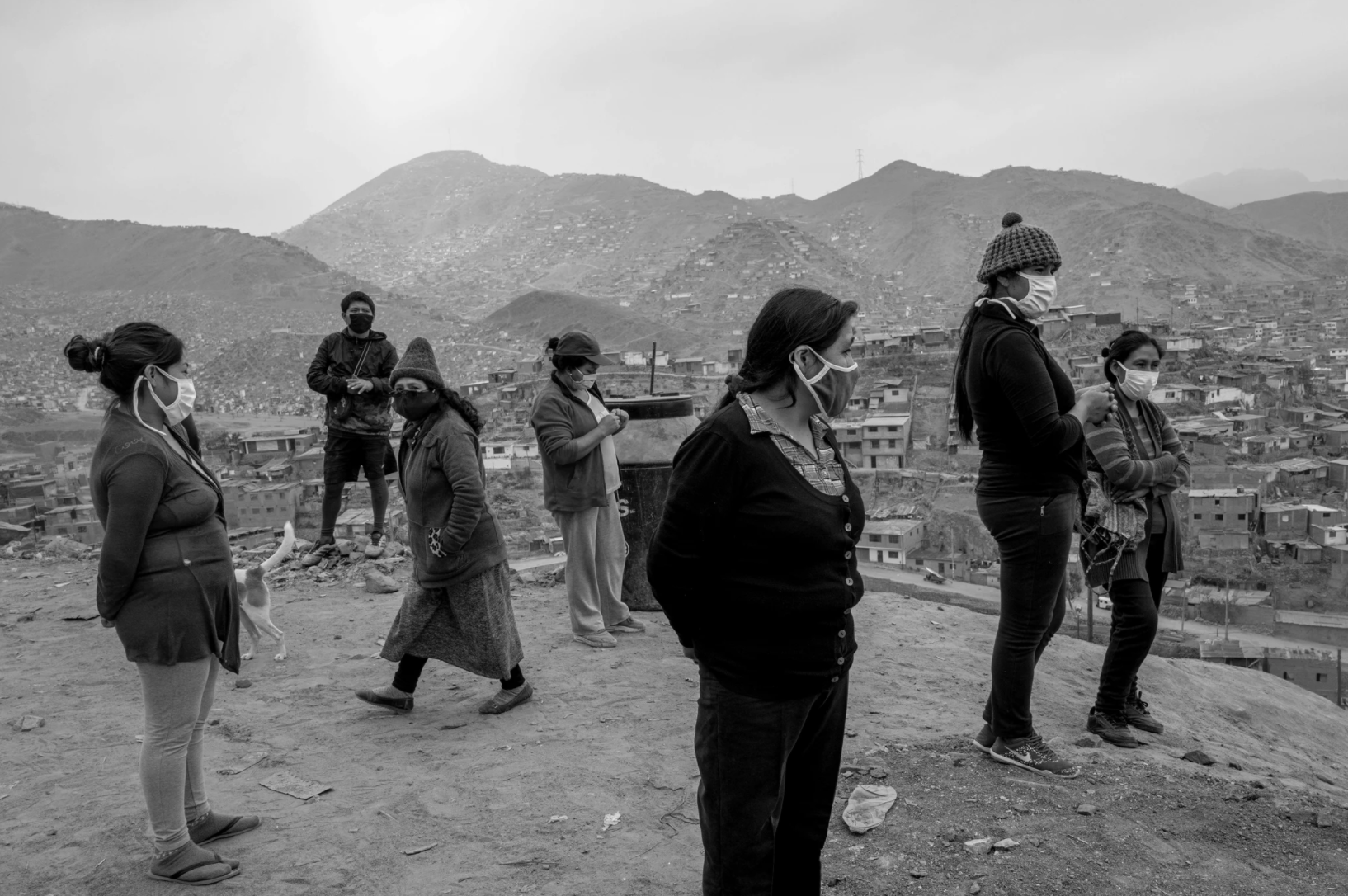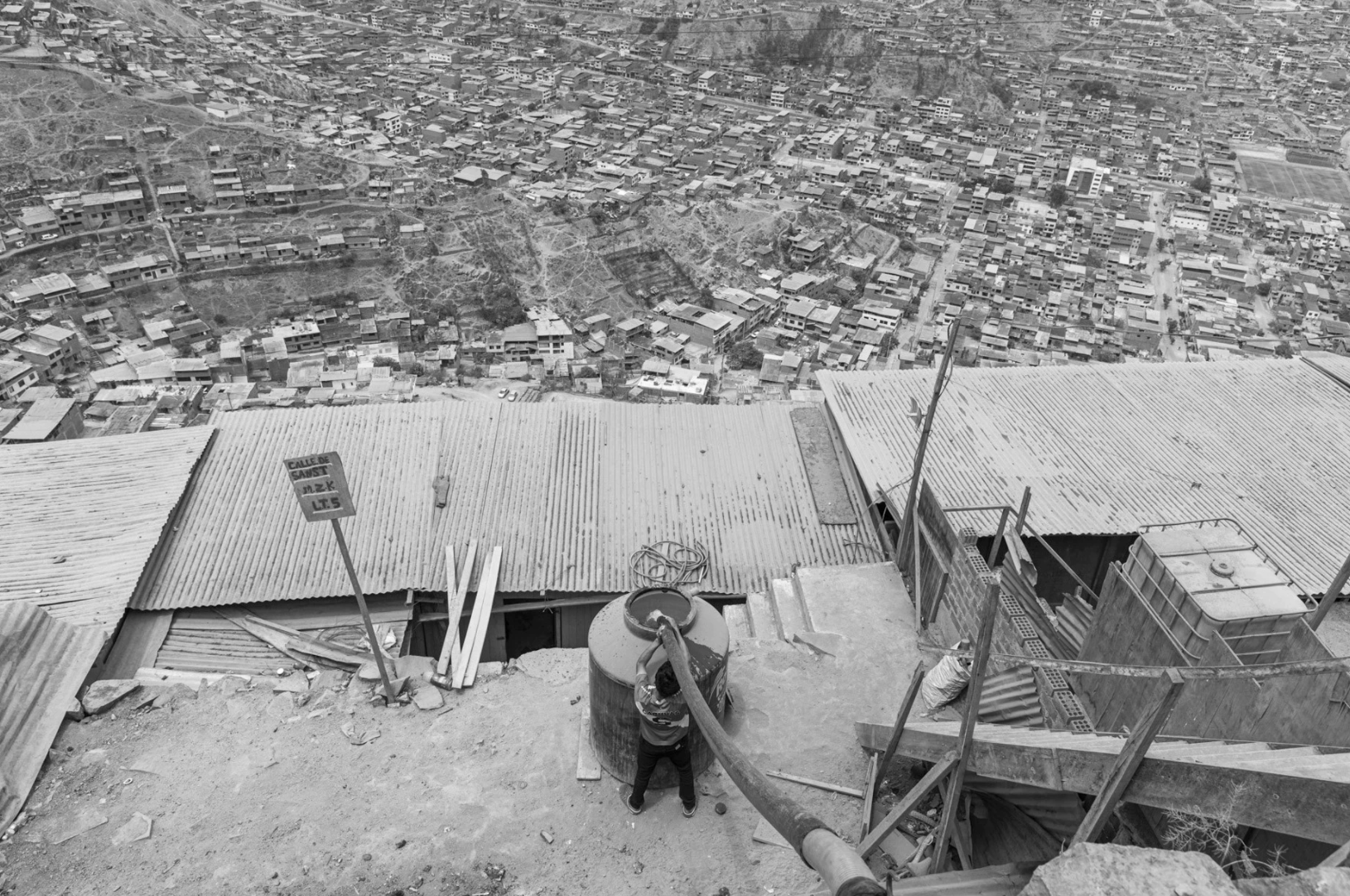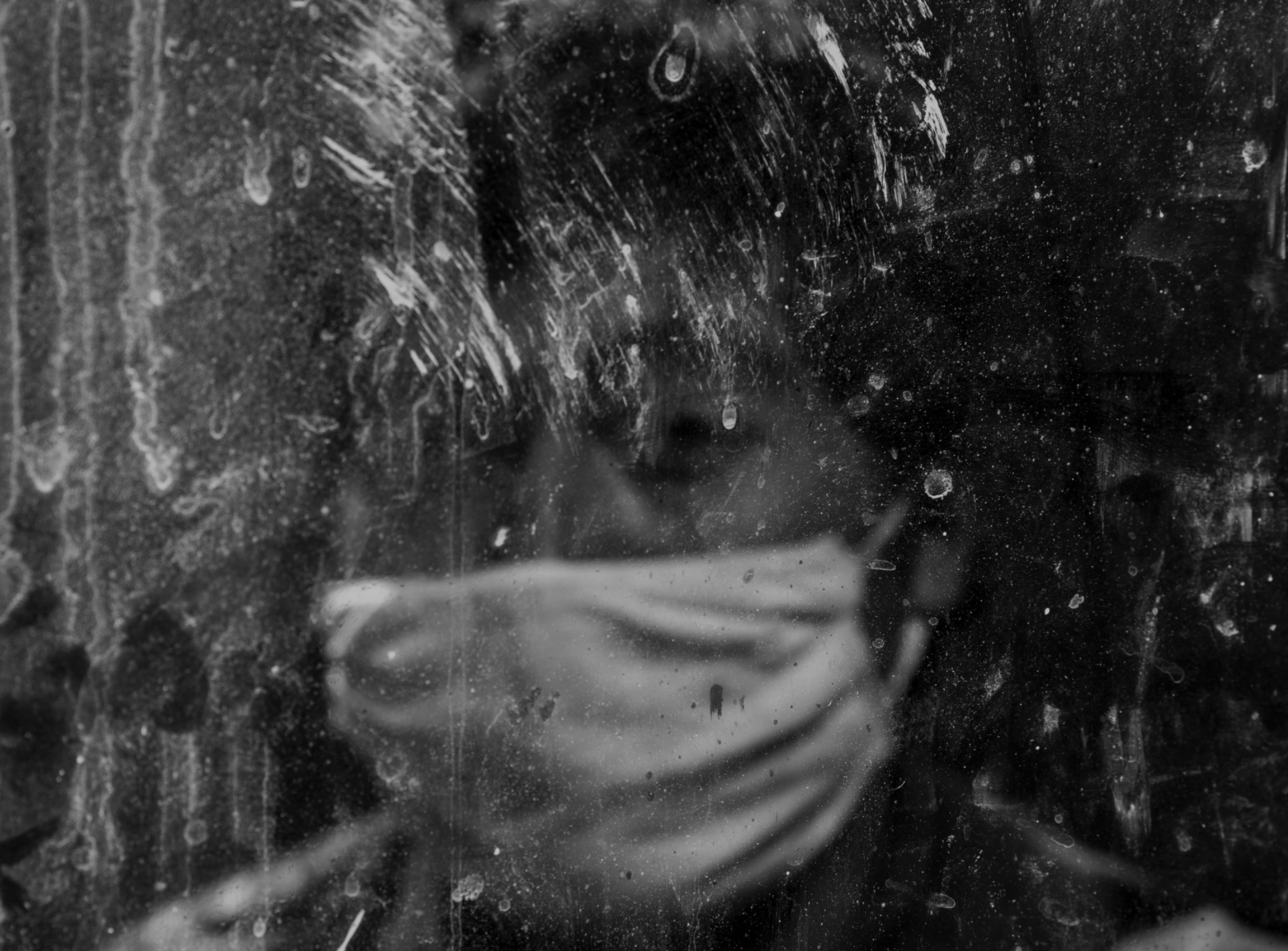After Cairo, Lima is the second-largest capital city in the world built on a desert. This geographical condition, added to the migratory pressure toward the city due to different social phenomena during the '50s and '80s, has led the city to a water situation. During the propagation of COVID-19, this situation of precariousness, in which many families have had to face forced confinement, has only worsened and become evident.
According to UN data, Peru is among the 20 countries with the most water resources, but the reality is that between 7 and 8 million people (almost a third of the country's population) do not have drinking water or sewage services. The Rímac River, being the main source of water (74.5%), is also one of the most polluted rivers in Peru. Today a third of the population is concentrated in the city. Entire communities have settled on the sands, far from water sources, where they are supplied by tanker trucks that arrive at best once a week, paying in some cases up to 20 times the average price compared to more affluent areas of the city.
The situation caused by the spread of the pandemic and the cleaning recommendations generated a greater demand that has not been possible to supply, aggravating the situation for the most vulnerable populations that are going through social isolation.
"History of water in the desert" is a multimedia project that provides a panoramic view of the water difficulties in the context of the spread of COVID-19, in the southern and northern extremes of the city.
This project was developed by Musuk Nolte in collaboration with the journalist Gloria Ziegler and graphic designer and journalist Vera Lucía Jiménez.
For the full multimedia experience, click here.
